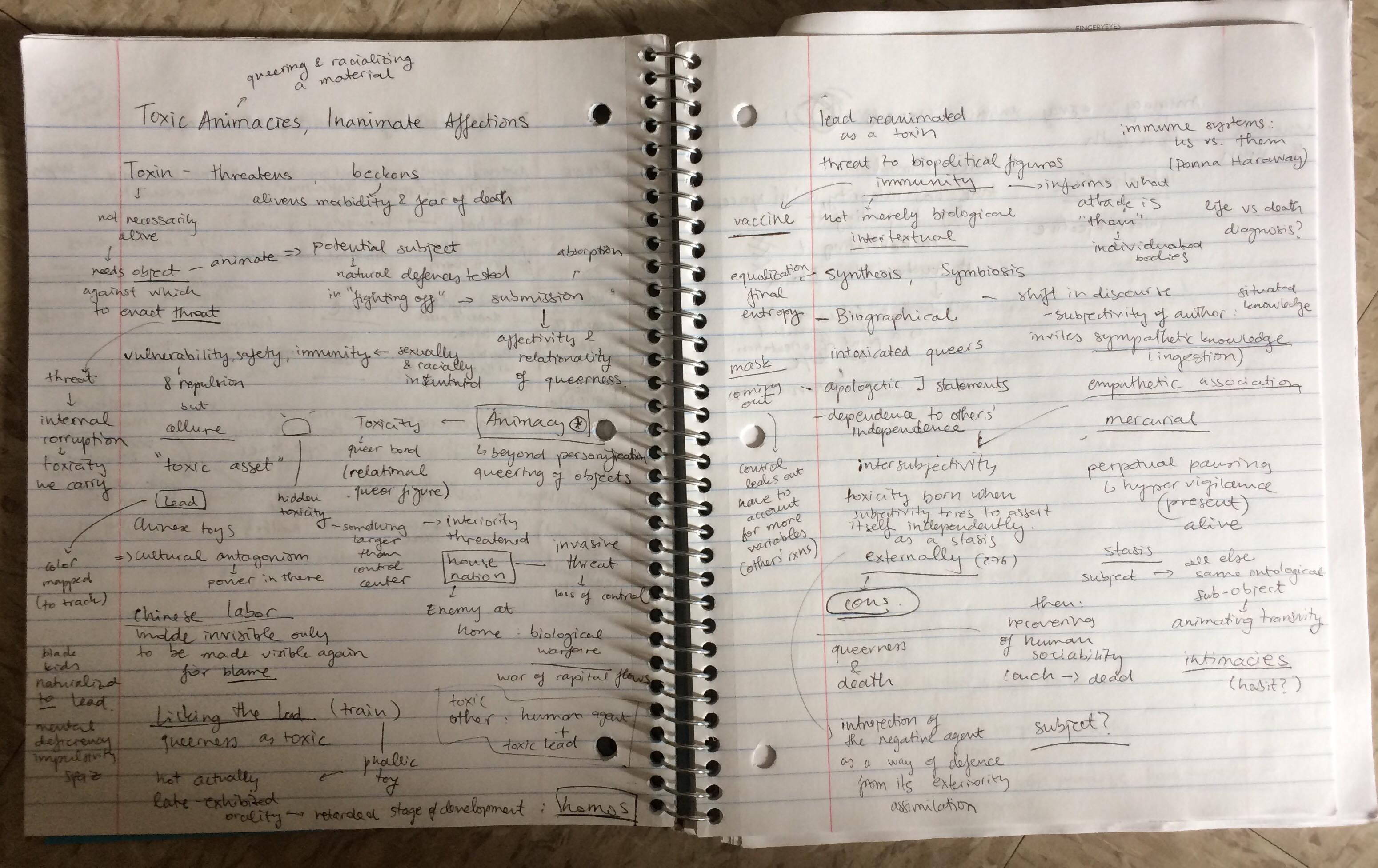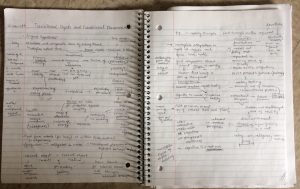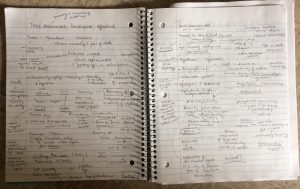At this time in my research process I have inverted the scope of my field of view with regard to the selected subjects’ specifications and the anticipated variability among them. Namely, I have decided to follow the road of “irreducible particularity of individual subjects” into what is “universal in substance” rather than trying to find common threads within an assortment of characters (Adorno). This, both out of practical consideration as well as theoretical understanding of the enigma I have been after. Yes, it has been difficult getting people to commit to being subjects for an ethnographic project the stakes of which are only perceptible in the case that the dissolution of common sense subject-object relations is allowed for; But, beyond that, it seems to me now that while the enigma expresses itself in a unique configuration in relation to the context, the distinctions to be made between contrasting object-relations are not as directly informative to my inquiry as is the more operational analysis of the interaction in itself. Thus, I have decided to stick to a few subjects with whom I will be conducting successive interviews for the remainder of this month.
Something that I have been struck by in the process of analyzing the transcripts that has become a big component of the research itself is the mirroring of the very subject-object relations I observe in my own practice of ‘knowledge formation’ which will shape up to be the final paper. I have been transcribing not just the words that are said, but also the effort invested to conjure them up and the accompanying phonetic variations, pauses, changes in rhythm and intonation, sighing, laughing, finger tapping and other phonetic characteristics. In this way the object that is created within my dialectic out of the subject that I interview is formulated less as an object of collection, classification and display but more so as a material mediation. The ‘texture’ that is created in the in-betweenness of words becomes the mode of “performativity.” In this sense, it has become just as much of an ethnography of language as it is of things. This has lead me to investigate the nature of our linguistic constructions as objects, specifically the way that the role of language within the ecosystem of our psyche reflects the role that objects play in our integration as autonomous, yet highly social beings in the world. The role of memory in this relationship comes up continuously not only as the substance stored in the physical objects around us, but in the form of “memory traces” as the psychic object in which consciousness itself rises, as Freud argues. This has also lead me further into the auto-ethnography route as I try to investigate the performative nature of my own memories, and my own early engagement with objects at the very same time as my conscious self began to distill, meaning my earliest experience with the rigidity of matter and the contrast it cast upon a young pliable mind. The earliest memory I have as a child is cutting my doll’s hair, with the conviction that it will grow back, only to be faced with the fact that it actually never will and that something indelible has been done to it which I could never rewind.
my notes on materiality as a the material manifestation of my mental activities.


